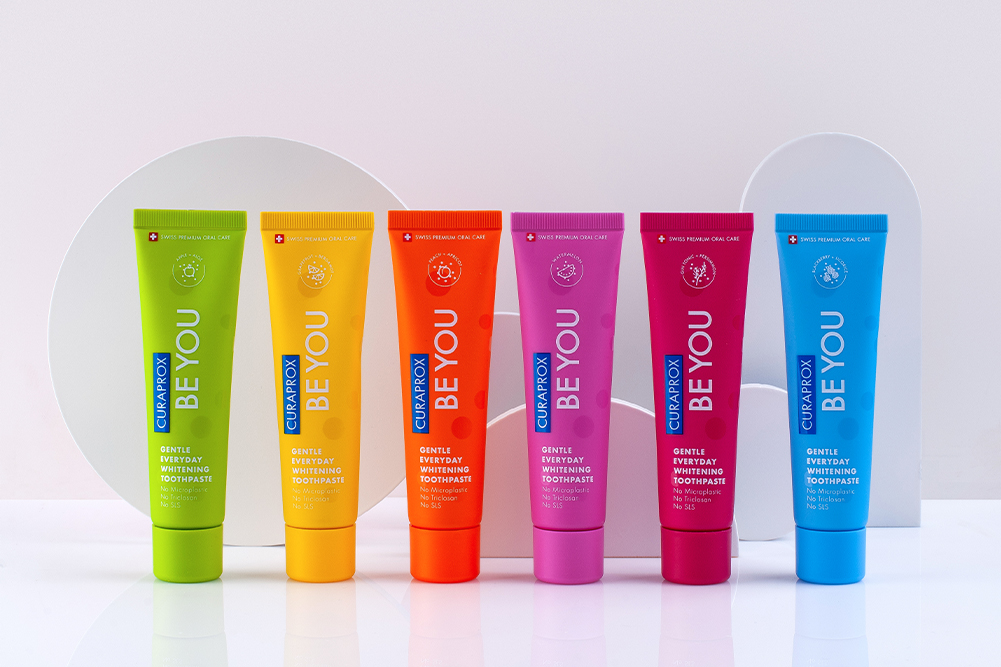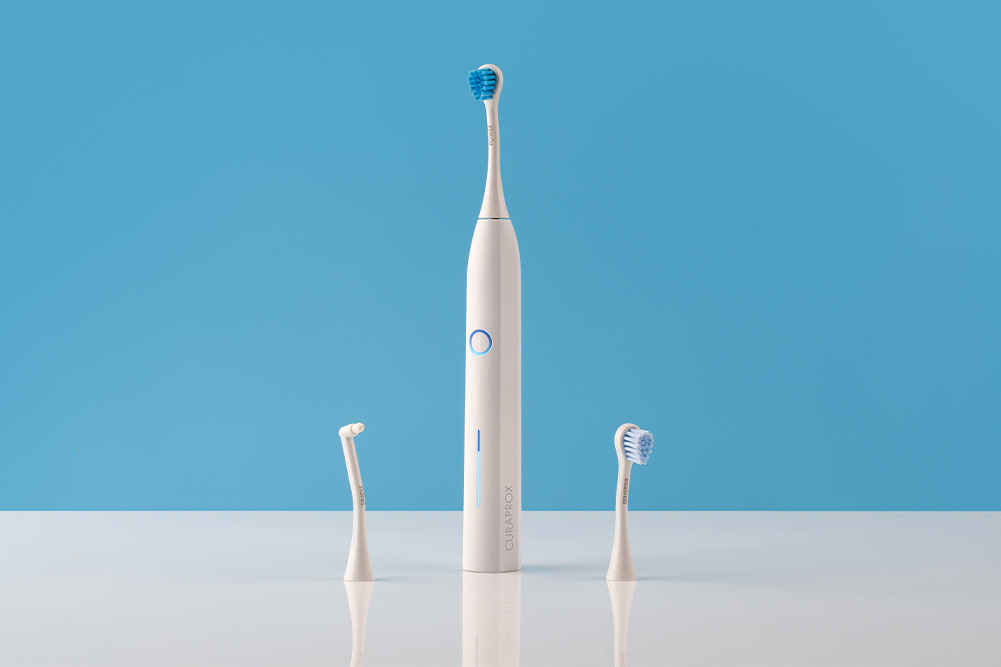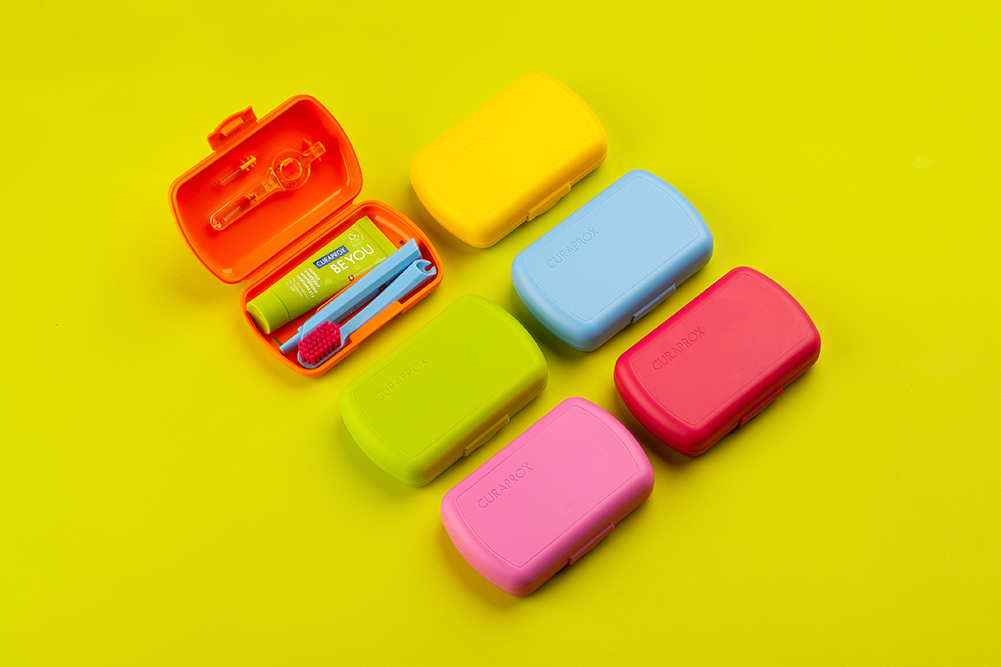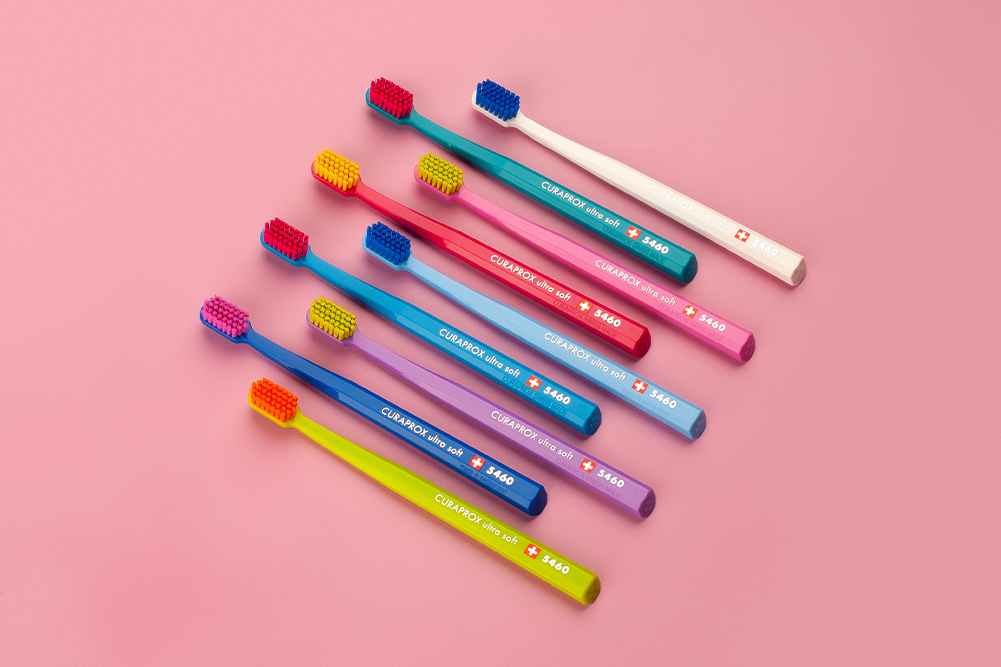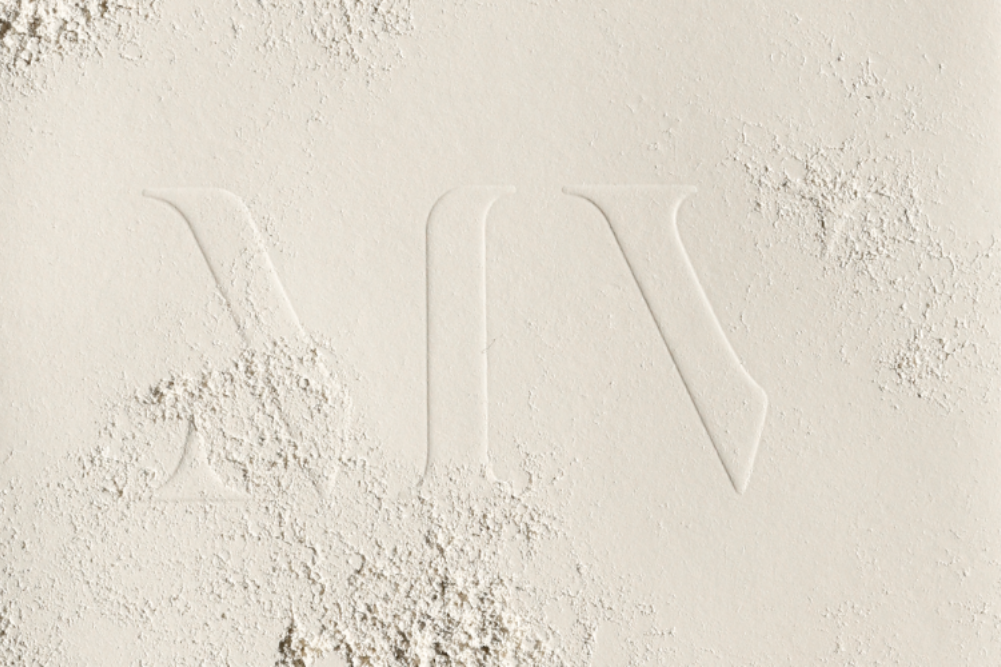Get lovely nails naturally
Your eyes may be the windows to your soul but your nails provide a look into your inner health. While genetics play a big part in the quality of your nails, nutrition also plays an integral role. In addition, we often inherit our parents’ predisposition to specific nutritional deficiencies — and when you’re lacking in nutrients, it shows on your nails.
Your nails have many ways to indicate what’s going on inside. White spots on the nails often signify a zinc or calcium deficiency. (This is interesting, as most children I know with attention deficit issues sport many of these on their nails; a study showed that zinc deficiency is found in 66 per cent of children with ADHD.) Longitudinal ridges on the nails can be a sign of gut malabsorption and digestive issues.
Soft, brittle nails can indicate that your body is not receiving enough nutrients, while brown spots on the nails that are pitting may Your reflect a deficiency in vitamin C or folic acid. If the top of your nail is spooned, it may signal low B12 and/or iron. Nails that split easily can suggest a deficiency in minerals such as copper and magnesium and/or essential fatty acid deficiency.
Naturopath Alison Cassar says clubbing of the nails can be an indicator of heart problems. She adds, “While the major vitamins such as A and D are very important for nail health, don’t forget about your minerals. [Minerals] are the sparks that ignite so many other nutrients in the body that are important for proper growth and development.”
Aiming to achieve clear, strong and lustrous nails can be a good goal that will simultaneously help put your body back into balance. The body has a wonderful priority system worked out, whereby nutrients go to the most important organs first, so the skin, hair and nails are last on the list of priorities.
Getting the right nutrition for your body is not only about eating nutritionally dense food but also digesting the food that you eat properly. We digest up to 25 per cent of what we consume, but it may be less if our guts are in disrepair. The gut also manufactures nutrients, so if it’s not working properly, you will not be making the right nutrients for your body.
Improving your digestive health is pivotal in improving nail health and this can be achieved under the care of a health practitioner. There are general steps you can follow: cutting out refined foods, removing physical and emotional stress, removing hard-to-digest foods from your diet (such as dairy and gluten) and eating lots of lacto-fermented foods (these have already been pre-digested by the bacteria produced by the fermentation process) and probiotic foods. If you suffer from leaky gut and other health problems, however, you may need to go on a stricter regime. (This may involve removing all dairy, gluten and grains from the diet for a period of time.)
Looking after your nails topically can be as easy as rubbing a rich emollient in the form of a natural balm or vegetable or nut oil into your nails to help strengthen them. Opt for unrefined oils as they retain their nutrient profile and infuse vital nutrients into the nail and the skin surrounding your nails. Soaking your nails in a silica-rich horsetail infusion may also help strengthen them. (Silica can also be a great supplement to take internally for nail health. Oats are very high in silica, but be sure to soak them before eating.)
Nail decoration has been a popular practice for thousands of years. The Chinese employed a mixture of gelatin, gum, beeswax, egg whites and vegetable dyes, while the Egyptians preferred henna. In the 20th century we substituted with less healthy ingredients. Nail polishes are generally made from a chemical concoction of solvents, film formers, resins and plasticisers; many of these substances are toxic and not so healthy for the condition of the nail.
There is a known toxic trio in nail polishes: dibutyl phthalate, a suspected reproductive and developmental toxin; toluene, another potential toxin known to cause headaches and dizziness; and formaldehyde, a known carcinogen. These three substances are also known to cause eye, nose, throat and skin irritation. The chemicals are of concern not only for the individual user but also nail salon workers, who are exposed to these chemicals daily. Thankfully, due to pressure from the Campaign for Safe Cosmetics and other health authorities, including the European Union (which banned these substances years ago), many nail polish companies have removed these ingredients from their formulas. There are still numerous brands in the market that contain these chemicals, though.
If you keep your nails natural and healthy they can look just as lovely as when painted. Plus, the colour of your nails can give you insight into your inner health. As naturopath Cassar says, “Deep pink or purple nails can be a sign of poor circulation, yellow or white nails can indicate fungus infection and no colour can be a sign of anaemia.”
You can help keep your nails shiny and strong, and cuticles healthy, by using a topical treatment. Massage a vegetable or nut oil into your nails or keep a balm handy on your desk to apply regularly.
Strengthening and protective nail oil
Rich in essential fatty acids, vitamin E and antioxidants, this oil will help bring your nails and cuticles into better repair.
30mL sweet almond oil
20mL camellia seed oil
5 drops lemon essential oil
2 drops carrot seed essential oil
3 drops lavender essential oil
Mix oils together well and put into a 50mL dropper bottle. Massage a few drops into your nails and nail area.
Carla Oates is a natural Beauty expert and the author of Feeding Your Skin.
